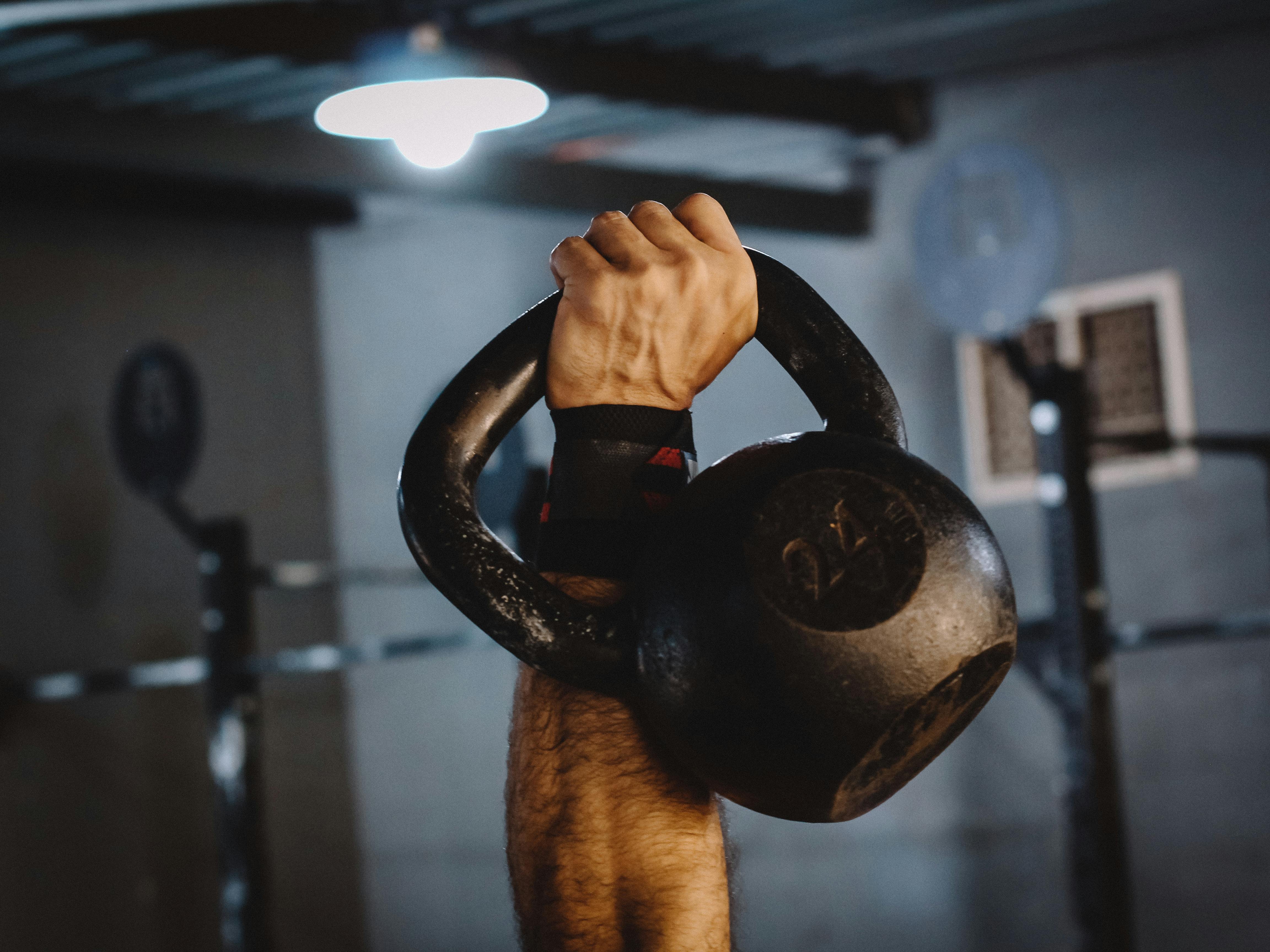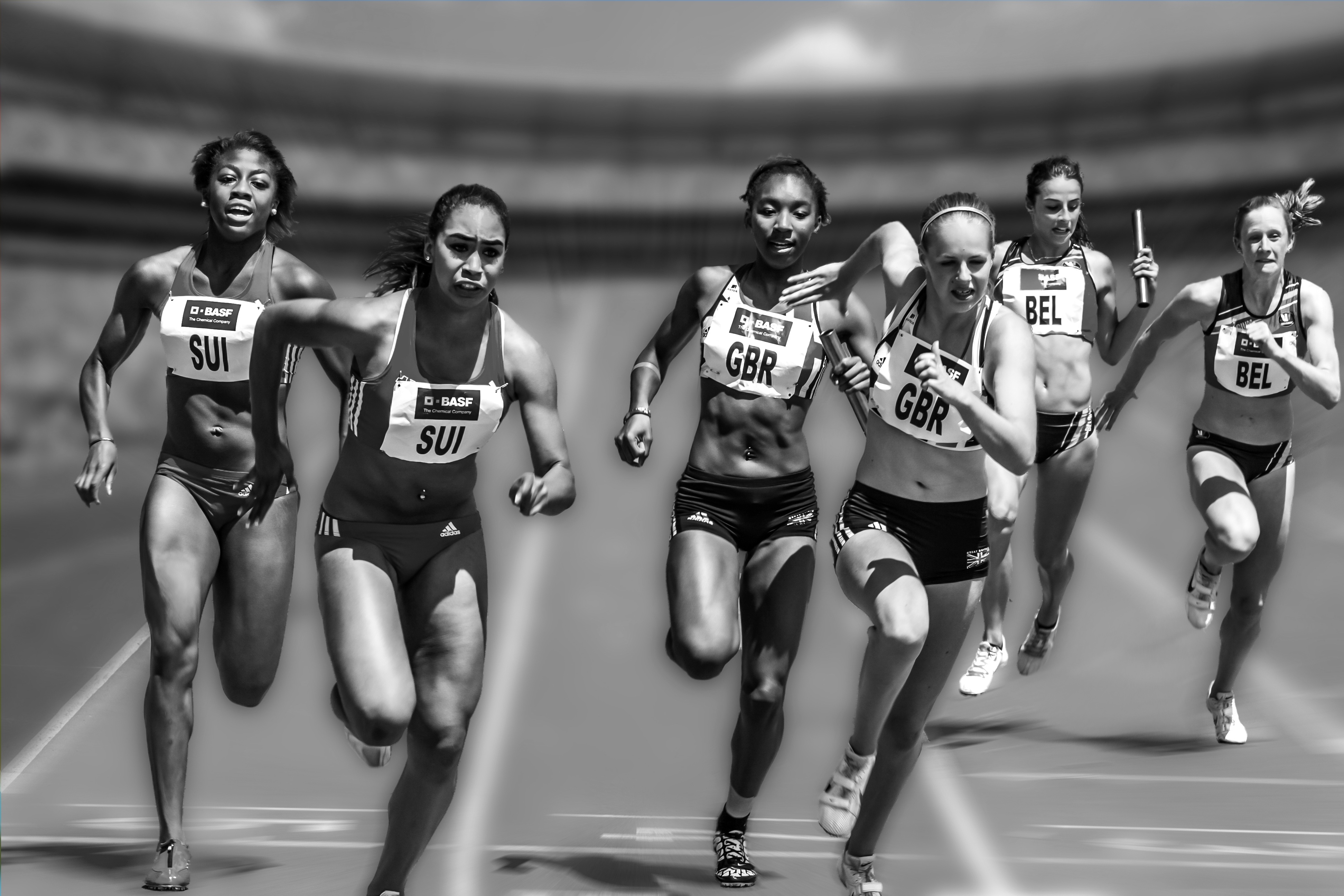Strength and conditioning professionals take for granted the fact that strength, power, speed, and agility training have an impact on the athlete’s nervous system and its ability to control the muscles. We may be able to recruit more muscle fibers as a result of training, we may quiet antagonist muscles, we recruit muscle fibers more quickly, preferentially recruit Type II fibers, or we may become better at performing the sports movements. In addition to the impact of training, there is probably a huge genetic component to this type of neuromuscular performance.
Un et al in the February issue of the European Journal of Applied Physiology take an interesting approach to looking at the impact of training on the nervous system. They study volleyball athletes in two different competitive division. The first division consists of athletes that are national-team members and college scholarship athletes. The second division consists of athletes that are college athletes without scholarships. The authors examined the subject’s dominant leg and look at how the calf musculature responded to electrical stimulation, rate of force development, maximum voluntary isometric contractions, and vertical jump performance.
The authors found a difference between the two divisions of athletes. The higher caliber athletes demonstrated increased excitation of the muscles, a greater rate of EMG rise (i.e. faster recruitment), greater rate of force development, greater maximum voluntary isometric contraction, and greater jump heights. In addition, the higher caliber subjects had an increased preference for the recruitment of the Type II motor units.
This study demonstrates neuromuscular differences between the two calibers of athletes, particularly in the area of neural control of movement. It needs to be pointed out that this study has some limitations. First, it’s only studying calf muscles, it’s not certain that these relationships occur with other muscle groups. Second, it’s only studying a small population of volleyball players – in other words, these differences may not exist everywhere or with every type of athlete. Third, it’s unclear whether these differences exist due to genetics, training, or both. This is actually a really important point as neural training sounds good, but we’re unsure how trainable this area actually is. This could be an area that helps to differentiate elite athletes from non-elite (i.e. they are put together differently in terms of the neural control of movement), it could result from training, or both.
Un, C-P., Lin, K-H., Shiang, T-Y., Chang, E-C., Su, S-C., and Wang, H-K. (2013). Comparative and reliability studies of neuromechanical leg muscle performances of volleyball athletes in different divisions. European Journal of Applied Physiology, 113: 457-466.


